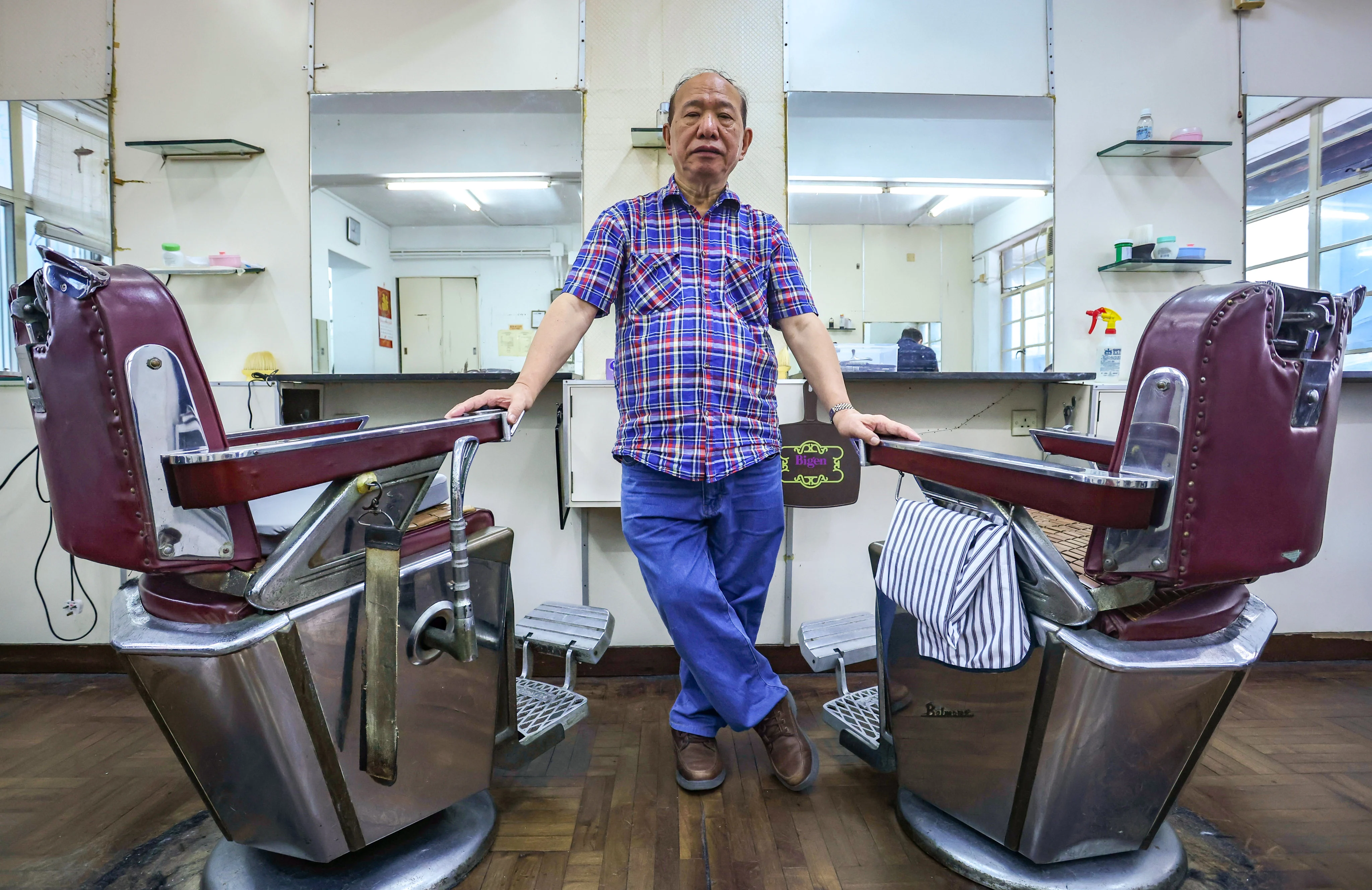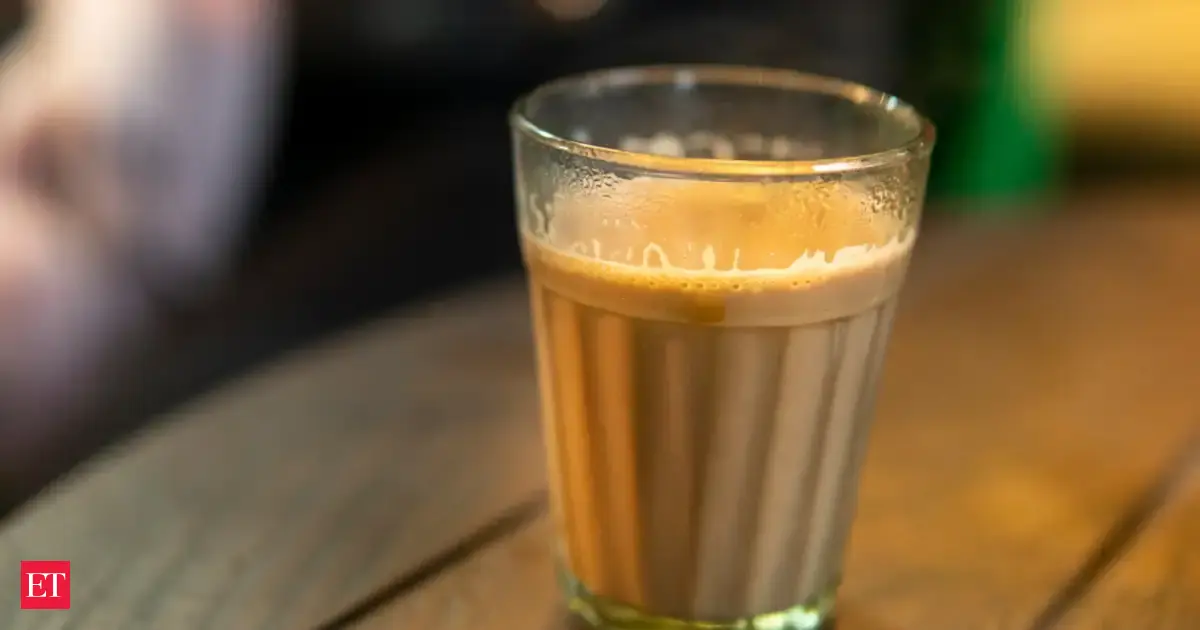By Lo Hoi-ying
Copyright scmp

In a quiet corner of the bustling, trendy neighbourhood of Causeway Bay in Hong Kong on a weekday afternoon, Luk Chung-yan holds a steady hand as he glides a razor across his customer’s skin in calculated strokes before scraping the froth on the edge of a clay bowl.
Behind him, shavers buzz while other barbers chatter in the Shanghai dialect, in the hair parlour home to vintage reclining barber chairs, 70-year-old hairdryers and old-school pomade.
For HK$200 (US$25.70), customers can enjoy a full experience that includes a haircut, wash and shave, along with a friendly “see you again” as Luk holds the door open for them to leave.
Housed in a 69-year-old building with a manual door lift, stepping into Ambassador Barber Parlour feels like one is transported back in time.
While other Shanghai-style salons in the city have shut down in the past decade, this barbershop, which has operated for nearly four decades, has stood the test of time.
Luk, 78, came to Hong Kong with his family from Shanghai in 1957, at the height of the anti-rightist movement.
He is part of the wave of Shanghai immigrants who brought with them refined hair styling and shaving techniques.
They contributed to a wave of Shanghai-style salons during the 1970s and 1980s, offering quality grooming across the city, a step up from the common roadside barbers.
“I was 10 years old. My family was struggling to make ends meet, and we lived in a wooden shack. I was forced to go and become an apprentice barber,” he said.
As an apprentice, Luk said he had to do everything from hair washing to chores such as sweeping the floor.
Throughout the years, Luk had worked in multiple Shanghai-style barber shops and said the industry was tight-knit as the masters were friends.
“Sometimes when their staff take leave suddenly or they are short-handed, I will help them out for a day or two,” he said.
This was why, when some owners announced their retirement, other barbers stepped up to take over the shop or hire their staff, he added.
Luk fondly recounted his time working at a hair parlour in Admiralty in the 1980s, serving office workers who had to get their hair trimmed every two weeks and styling hairdos for women before they headed to formal events.
In his decades-long career, Luk has worked wonders on the hair of big-name celebrities, including Leslie Cheung Kwok-wing, as well as politicians and tycoons, with his skilled hands.
“I was the barber for ‘The Seven Little Fortunes’ like Jackie Chan and Sammo Hung,” he said, referring to the Peking opera school troupe that launched the careers of the city’s famous martial arts stars.
In August, the 60-year-old Shanghai Sun Ngah Monaliza Hair Salon in Mong Kok closed, becoming the latest Shanghai-style barbershop in the city to shut down due to rising rent and ageing owners.
The Shanghai Far East Barber Shop in Yuen Long shut down in 2022 as the owner decided to retire, while the Kiu Kwun Barber Shop, a fixture of the North Point neighbourhood, did not survive the pandemic and closed in 2020.
Luk’s shop now employs five staff, most of whom are elderly and have been working at Ambassador Barbour Parlour for decades.
“Like my staff member who washes hair, he has worked for me for 44 years. He is 90 years old now,” he said.
Stacks of magazines lined the shelves of the salon, and Luk proudly displayed his prized possession, a Cartier post-shave water and pomade imported from the UK, which is now no longer in production.
“We have a hairdryer which is 70 years old. It’s a local brand, made in Hong Kong. It still works and I still use it,” he said.
But Luk conceded such barbershops were facing a decline, saying it was hard to find youths who could endure the apprenticeship.
“Traditional Shanghai-style barber shops have to provide shaving services. You have to train your wrist for at least half a year, so your hand is flexible enough to shave,” he said.
“Many newcomers were scared to learn. That is just an excuse. It’s only because shaving is the hardest technique to learn.”
He also acknowledged that the generation gap between the barbers and customers, as new-age barber shops, where just a trim costs upwards of HK$300, grew in popularity.
Declining business due to his customer base ageing or leaving the city in recent years has added to his woes.
“We used to have three generations of customers coming here. But in the past year, many have left Hong Kong for Europe, Canada, the US and Australia,” he said.
Luk, who will turn 80 soon, hopes to run his business for as long as he can.
“I’m not thinking about retiring. I can still work,” he said.



